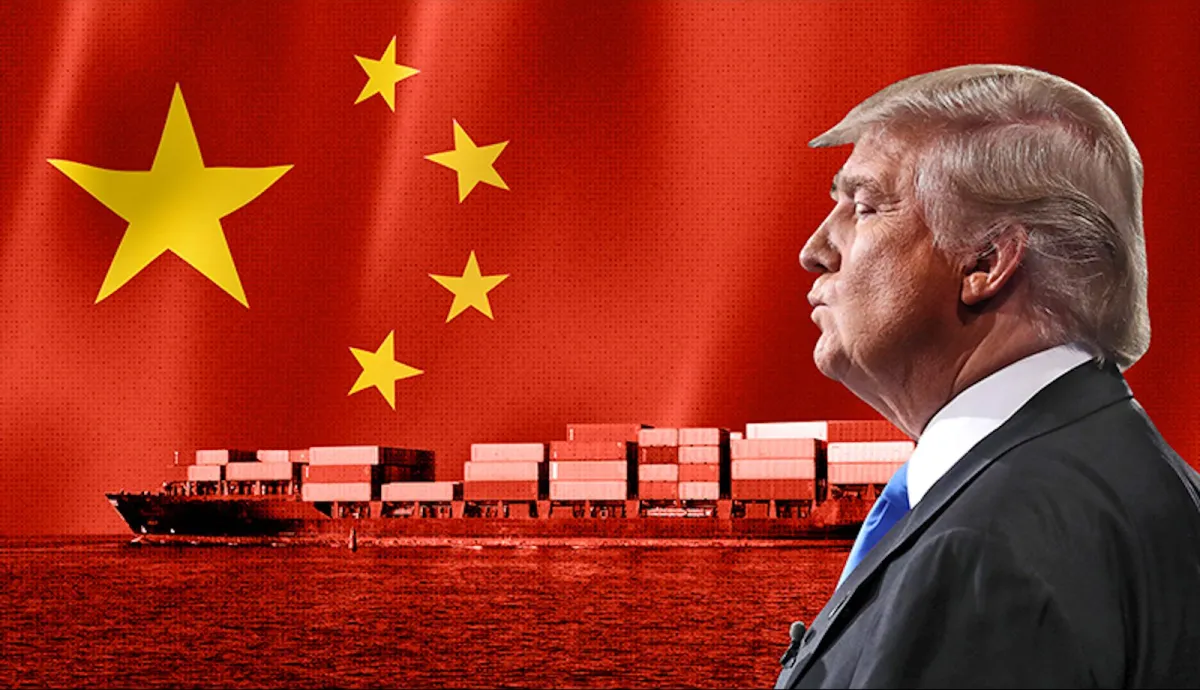President-elect Donald Trump plans sweeping import tariffs, targeting major trading partners like China, Mexico, and Canada, with wide-reaching economic consequences.
Planned Tariffs:
- Trump’s proposed tariffs include:
- 25% on goods from Mexico and Canada.
- Increased tariffs on Chinese goods by 10% or more.
- Potential tariffs on all imported goods to reduce the U.S. trade deficit.
Impact on Asia and Trade Partners:
- Export Dependency:
- Japan: $145 billion in exports to the U.S. in 2023 (20% of total exports).
- South Korea: $116 billion in U.S. trade, its second-largest market after China.
- Shifting Supply Chains:
- Companies like Steve Madden are relocating production from China to countries like Cambodia, Vietnam, and Brazil to avoid higher tariffs.
- Top U.S. Import Sources (2023):
- Mexico, China, Canada, Vietnam, Thailand, India, Japan, South Korea, Indonesia, Malaysia, and Singapore.
Trade Deficit Insights:
- Largest U.S. Trade Deficits (2024):
- China: Narrowed but still substantial.
- Mexico: Second-largest deficit.
- Vietnam: Third, with a $90.6 billion deficit.
- The U.S. has deficits with six of its top ten import partners in Asia.


Economic Implications:
- Domestic Costs:
- Economists warn that tariffs function as a tax on imports, raising prices for American consumers as companies pass on the additional costs.
- AutoZone’s CEO confirmed tariffs would increase consumer prices.
- Ripple Effects in Asia:
- Countries like Vietnam and Thailand could see rising exports as supply chains shift from China.
- Others, reliant on U.S. trade, may face economic slowdowns.
Challenges Ahead:
- Complexity of Trade Deficits:
- While tariffs aim to reduce deficits, they may lead to retaliatory measures and hinder global trade relationships.
- Potential Inflation:
- Higher import costs could exacerbate inflationary pressures at home, impacting household spending.
Trump’s tariff plans could reshape global trade dynamics, benefiting some nations while pressuring others, especially in Asia. However, the move risks driving up prices for U.S. consumers and complicating relations with key trading partners. As businesses adjust supply chains and brace for higher costs, the broader economic impact remains uncertain.










